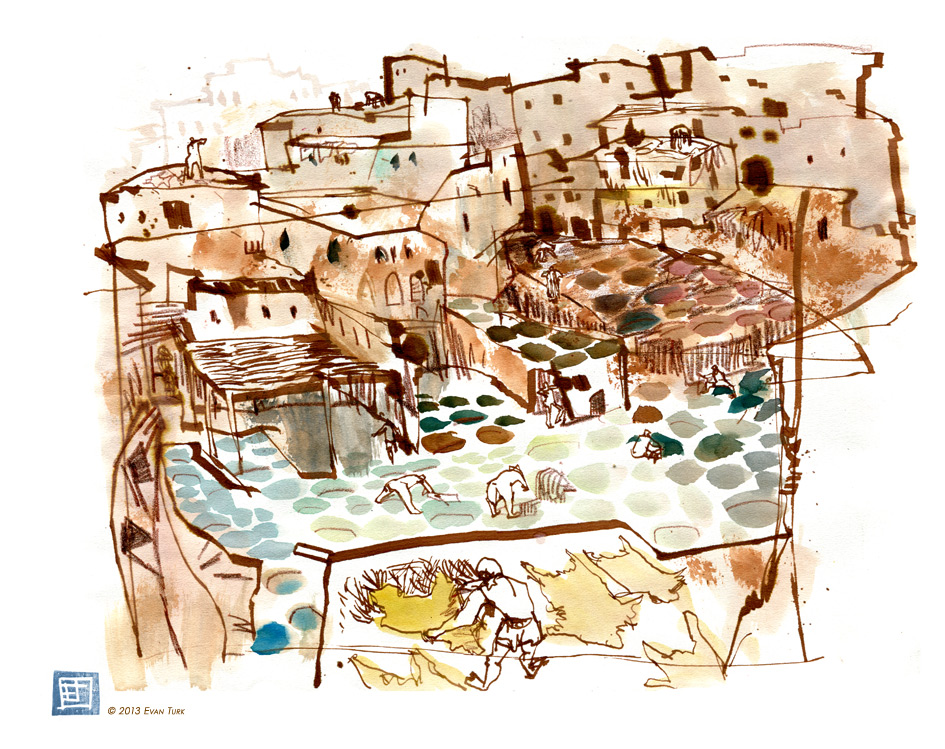Through reading many articles on the missing Malaysian Flight MH370, I came across a touching article on the Daily News America online about how one New Zealand missing passenger, Paul Weeks, left behind his ring and watch to his two children before he went away.
The article introduces with the line "It may be their last gift from daddy". The use of the word "daddy" puts the viewer into the perspective of the children and how the loss of their father has affected them.
Below, I aim to portray this sense of emotion of the children and their vulnerability towards the situation. The boy is playing with a toy plane in reference to the missing flight, but also to convey his youth and naivety about his missing father.
To create the next two images below, I have used white oil pastel to draw the image and text with a wash of watercolour over the top. This creates a rustic, child-like effect giving a sense that a child has contributed to the illustrations, making them more personal.
The use of watercolour reflects on the sensitivity of the tragedy. The motto 'when is daddy coming home?' is an attempt to connect the viewer to the child relatives and empathise with them. However, I feel including this text in the illustration is too literal when, in fact, the image is self-explanatory on its own.
These illustrations are effective in portraying the relatives trauma throughout the event, in particular the children. However, it also demonstrates the distress of how a question like this could affect the mother who cannot answer truthfully, and is grieving the loss herself.
This watercolour illustration portrays Paul Weeks' sons in his arms, an image included in the Daily News America article, with himself absent from the image, conveying the mystery of the missing plane and how it has not been officially found. Weeks still wears his wedding ring and watch as he left those behind, however he has been left out of the image as a blank space, not portrayed as alive or dead, just 'missing' along with Flight MH370.





















.jpg)
.jpg)






















